Fix: Ethernet Unidentified Network on Windows 10
The Ethernet ‘Unidentified Network’ problem often occurs due to the incorrect settings of the IP configuration or if the network settings are incorrectly set. Upon the emergence of this issue, users are not able to use the internet on their systems even if they have a working internet connection. The users are presented with a yellow exclamation mark on the network icon which delivers the ‘No network access’ message.
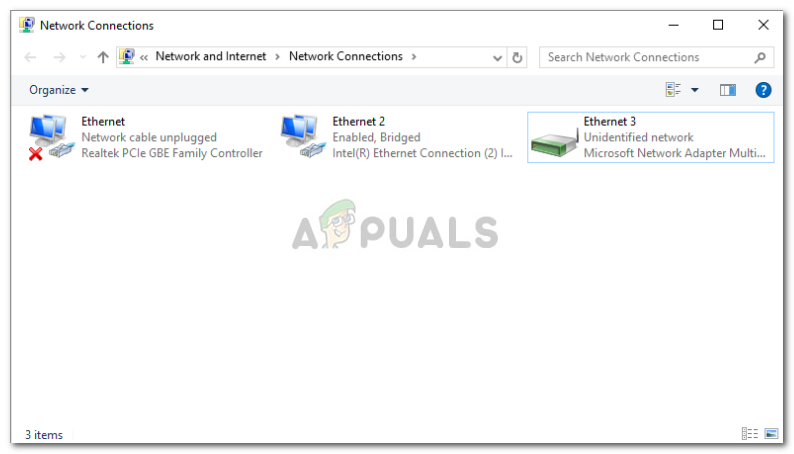
We use the internet in our everyday lives and when it comes to internet-related issues, they are tried to be dealt with quickly. The solutions for the given problem can be different depending on your computer system, however, we have selected the most effective ones that will surely get you back on the sites.
Mục Lục
What causes the Ethernet Unidentified Network Problem on Windows?
Well, depending on different scenarios, the factors that cause this issue can vary. Nonetheless, this is mostly due to the following reasons —
- Ethernet Incorrect IP configuration. When your system connects to a network, an address is assigned to the computer called IP address. If your Ethernet’s IP address configuration is incorrect, it can cause the issue.
- Network settings. The settings of your network on your system can cause the issue to occur.
- Third-party software. Third-party applications that you are using on your system can also usually cause the issue — antiviruses mostly.
- Network card drivers. The drivers installed on your system for your network card can also be potentially the cause.
As we mentioned earlier, the solutions may vary depending on the systems. Therefore, to ensure a workaround, make sure you go through all the solutions given below. Also, before we proceed to the solutions, make sure that the Airplane mode is turned off.
Run the Network Troubleshooter
When trying to resolve a network issue, we always recommend running the Network Troubleshooter first. You might just be lucky enough that the troubleshooter will find the problem and fix it. Here’s how to do it:
- Press Windows Key + I to open Settings.
- Go to Network and Internet.
- Click on ‘Network troubleshooter’ to execute the troubleshooter.

- Wait for it to finish.
Renew IP address
Your IP address configuration can be the cause of the problem as we have mentioned above. In such a case, you will have to release your current IP and renew the IP address configuration. To do this, follow the given instructions:
- Press Windows Key + X and select Command Prompt (Admin) from the list to open an elevated command prompt.
- Type in the following commands:
ipconfig /release ipconfig /renew
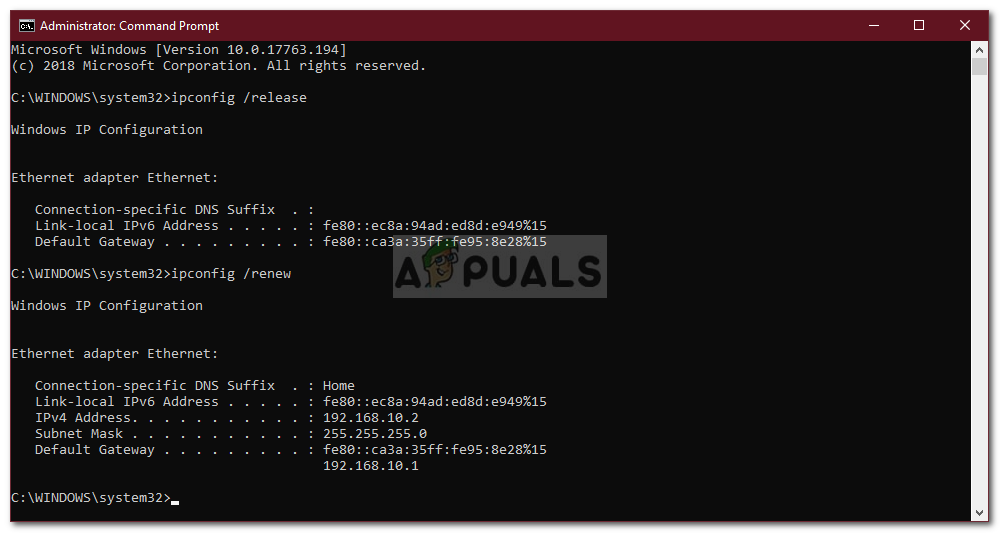
You can also try to flush your DNS to see if it has an effect, here’s how to do it:
- In the command prompt, type in the following:
ipconfig /flushdns

- Once done, exit the command prompt and see if it fixed your issue.
Reset TCP/IP
You can also try to solve the issue by resetting your system’s TCP settings. TCP is the media which defines how a computer sends data to another system by working with IP. To reset TCP/IP, do the following:
- Open an elevated command prompt as shown above.
- Type in the following commands:
netsh winsock reset netsh int ip reset
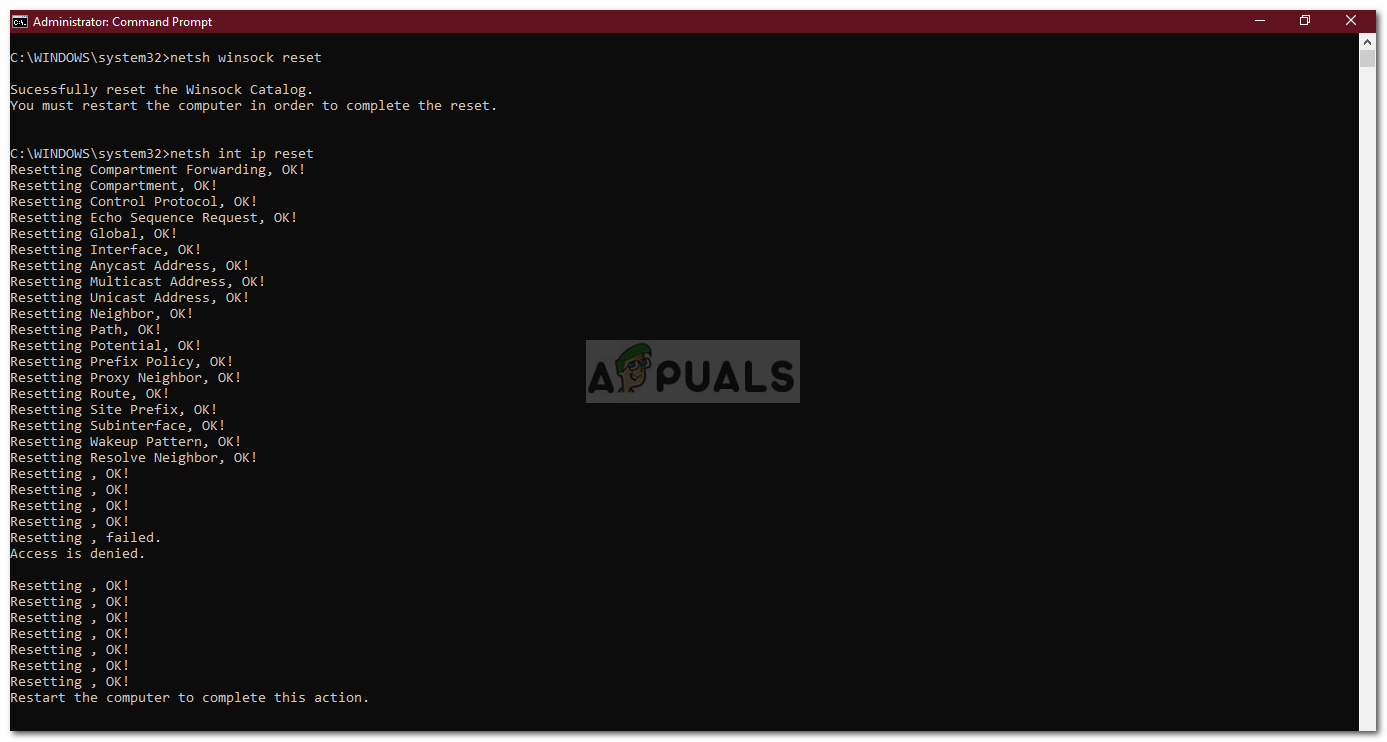
- Exit the command prompt.
Turn off your Antivirus
In some cases, the third-party antivirus that you are using on your system can be the guilty party. Antiviruses are known to keep your system secure but, at times, they cause certain issues as well. Therefore, try disabling your antivirus and see if it helps.
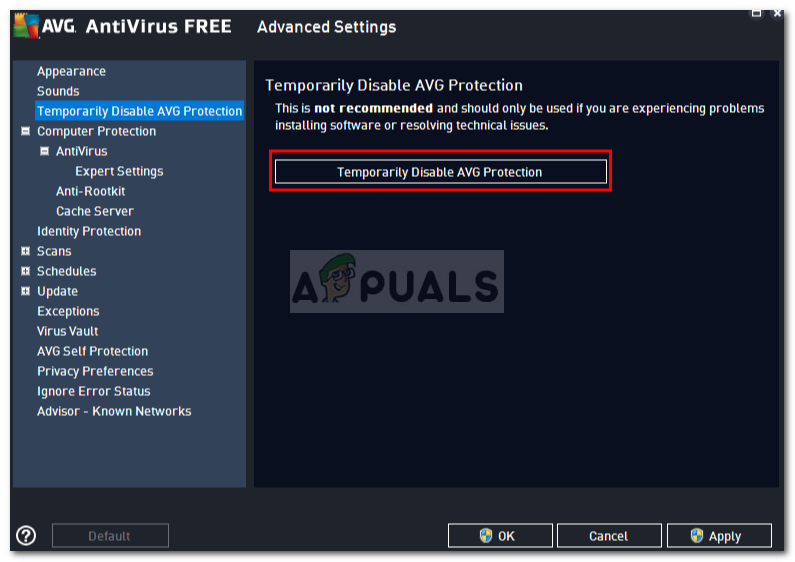
Turn off Windows Firewall Temporarily
The Windows Defender Firewall is a Microsoft built-in security application that manages and filters your network transmissions. Sometimes, the security application can be the root of the problem, therefore, to eliminate such a possibility, make sure to turn off the Windows Defender Firewall temporarily. Here’s how:
- Press Windows Key + I to open up Settings.
- Search for ‘Windows Defender Firewall’ and then select ‘Windows Defender Firewall’.
- On the left-hand side, click on ‘Turn Windows Defender Firewall on or off’.
- Check the ‘Turn off Windows Defender Firewall’ boxes under both the settings.

- Check if it fixes your issue.
Update Network Adapter Driver
Another way of fixing your issue would be to update your network adapter driver. The obsolete drivers might be malfunctioning which can potentially cause the issue, therefore, you will have to update them. Here’s how to do it:
- Press Windows Key + X and select Device Manager.
- Expand the Network adapters list.
- Right-click on your network adapter and select ‘Update driver’.
- Click ‘Search automatically for updated driver software’.
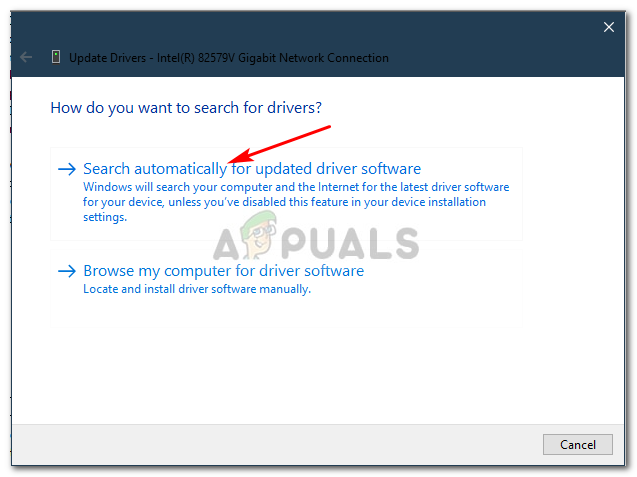
- Wait for it to finish and then restart your system.
Reinstall your Network Adapter Driver
Sometimes, the system doesn’t find an update for your driver due to which the error persists. In such a case, you will have to uninstall your Network adapter driver and then reinstall it. Here’s how to do it:
- Open up the Device Manager.
- Expand the Network adapters list.
- Right-click on your network adapter and select ‘Uninstall device’.
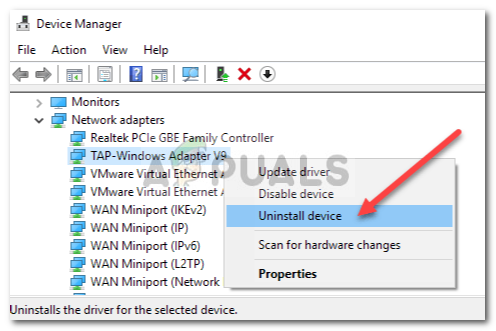
- Once the driver has been uninstalled, reboot your system so that the driver can be installed again.
- Check if it fixes the issue.















![Toni Kroos là ai? [ sự thật về tiểu sử đầy đủ Toni Kroos ]](https://evbn.org/wp-content/uploads/New-Project-6635-1671934592.jpg)


